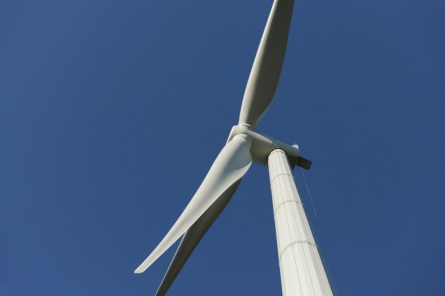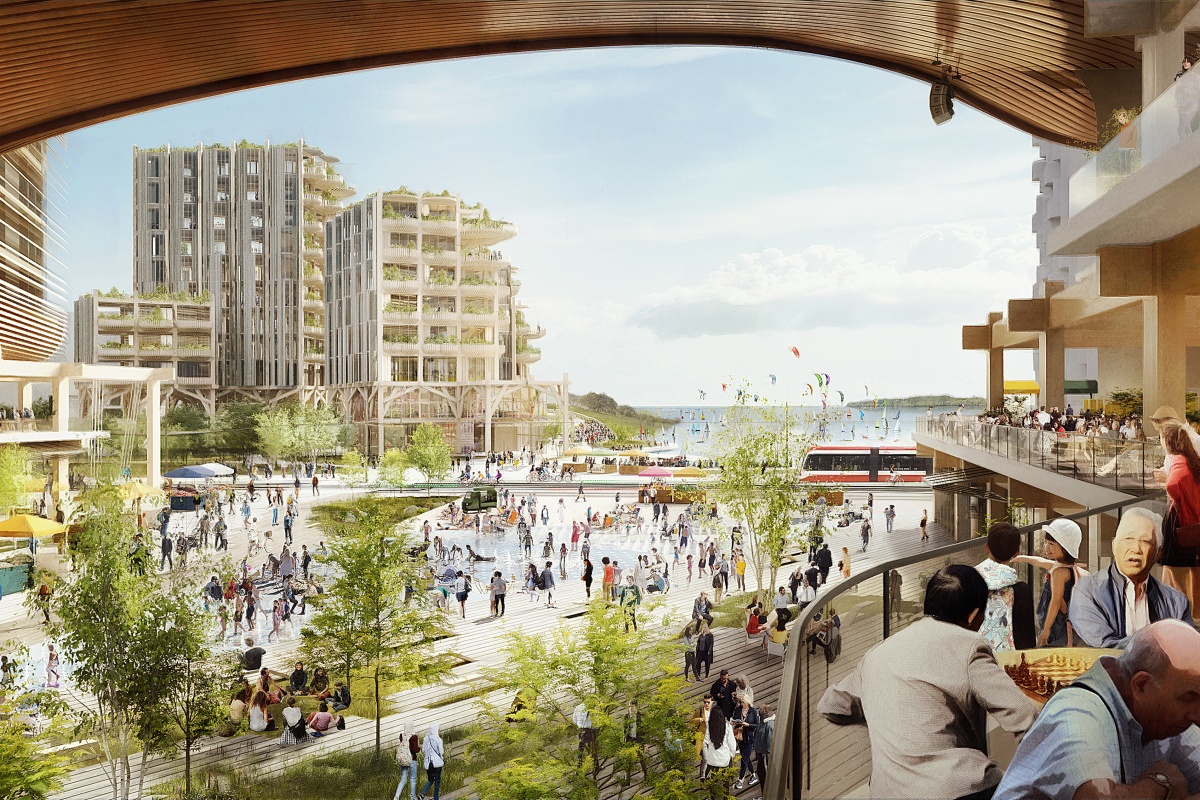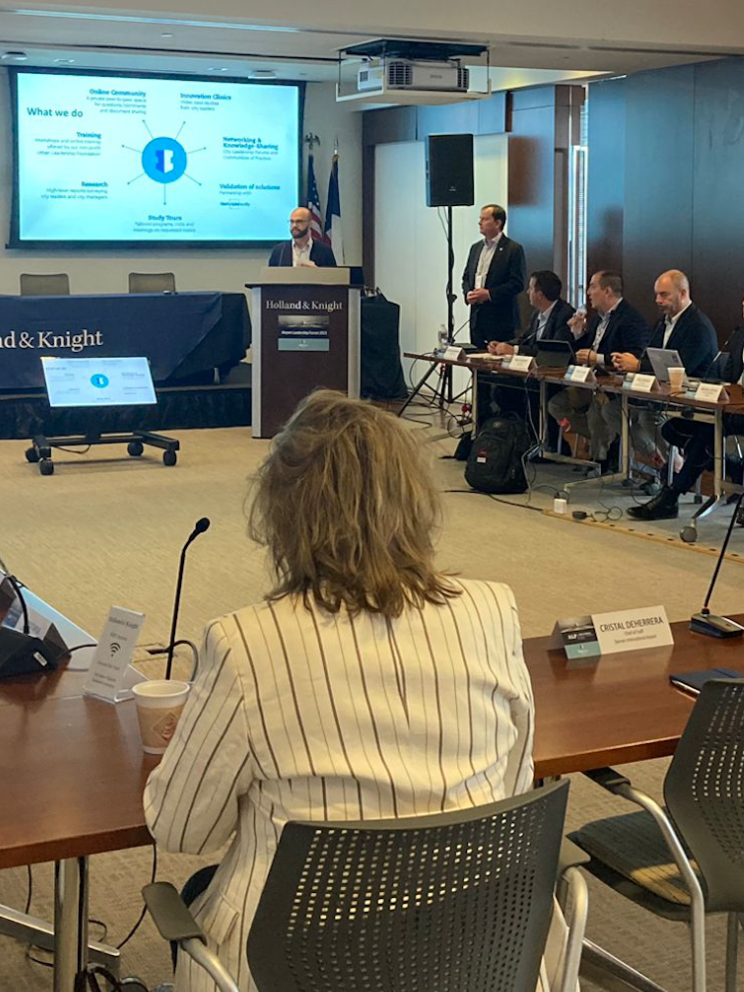
Photo: Screen-Shot-2016-08-30-at-11.44.46
Four facts about utility transformation: #3–the decarbonisation agenda speeds up
30 August 2016
This is the third installment of a four-part series of posts on utility transformation, by guest blogger Marcus Törnqvist, Head of Utilities Northern Europe and Central Asia at Ericsson (on Twitter as@MarcusTqvist)*
As I see it, sustainability in terms of greenhouse gas emissions is one of the biggest challenges for power utilities and politicians in Europe. There is quite a strong political commitment to deliver on our part of the global targets. Based on the Kyoto Protocol signed in 1997, Europe has decreased its greenhouse emissions by 20 percent. It’s likely that Europe also will reach the target of increasing the share of renewable energy resources in our system to 20 percent by 2020. But:
Fact #3–the decarbonisation agenda speeds up
Looking at the numbers, it’s clear that the rate of decline in greenhouse gas emissions beyond 2020 is accelerating rapidly.
Kyoto and the bigger picture
The Kyoto protocol was ratified in 1997 with the 20/20/20 targets. By 2020 we will have decreased the greenhouse gas emissions by 20 percent compared to the level of 1990, which means that we have achieved almost 1 percent per year! Quite an accomplishment I believe.
In December last year at COP21, we managed to get new commitments on new targets to decrease the greenhouse gas emissions from all over the world. The member states of the European Union committed to decrease the greenhouse gas emissions by an additional 20 percent by 2030 and 40-55 percent by 2050–a total decrease of 80-95 percent of the 1990 level. High targets, but of course this has a positive impact on the climate, and it’s a large leap towards an emission-free Europe.
EURELECTRIC, the sector association of utility companies in Europe, has issued some guidelines on the development and its implications.
Emission Trading System (ETS)
EURELECTRIC states that ETS will be a key driver in decreasing greenhouse gas emission. The expectation is that the system will decrease greenhouse gas emissions by at least 2.5 percent per year, and possibly as much as 4.5 percent. In practice, it means that the pace of decarbonizing will be double, triple, or even four times as high as today. This will, of course, have a significant impact on utilities and the relative value of different power generation assets.
They also emphasise that some basic functions in the market (for example, market signals) need to be strengthened in order for the system to work optimally. Also, for investments, market signals must play a clearer role. Market signals currently have weak impact on investments, as the price signals of today do not give firm advice about the price in 10, 20, or 30 years, over the life time of a power plant.
Feed-in tariffs and subsidies
EURELECTRIC are also looking at the feed-in tariffs and other national programs to subsidise deployment of power generation based on renewable energy resources, and they argue that some subsidies currently used in Europe should be abandoned, with the focus switched to research and development activities. The rationale behind these national subsidies is normally not only to increase speed of deployment of power generation from renewable energy sources, but also to ensure national independence and low electricity prices for power-intensive industries.
I support the idea of EURELECTRIC that research targeting high-potential technologies not currently available to the market should be prioritised. The reason for steering away from subsidies on mature technologies is, of course, that this dilutes and limits the effect of the price signals to drive demand flexibility and balance the renewable intermittent power generation.
Instead, we desperately need more powerful price signals to drive new aggregator and storage-based business models and opportunities that are the foundation of transforming away from fossil-fueled power generation and which enable electrification of transport sector and relevant parts of heating and cooling. Otherwise we will deploy a much more expensive smart and sustainable energy system that is ready at a much later year than the alternative scenario.
What does the future bring?
Transformation often takes more time than most anticipate, but pace of change in the industry will most likely accelerate. In the next installment I will look at Fact #4 – Global population growth is concentrated in cities and its effects. And I can’t stop thinking about the fact that a Networked Society is needed to support the positive development.
In the meantime, to learn more about this topic, you can download the IDC report from the IDC Summit, Shaping a new utility battleground in the era of IoT.
The European Utility Week 2016 is not that far away, so check out Ericsson @ European Utility Week 2016 to find out more.
*This post originally appeared on Ericsson’s Networked Society blog








